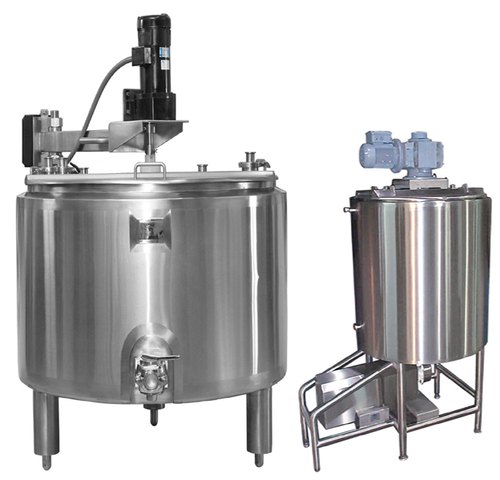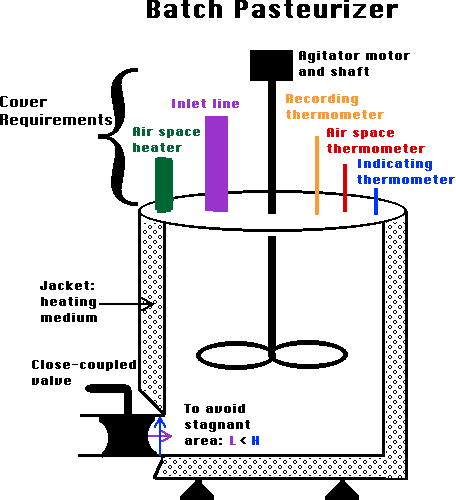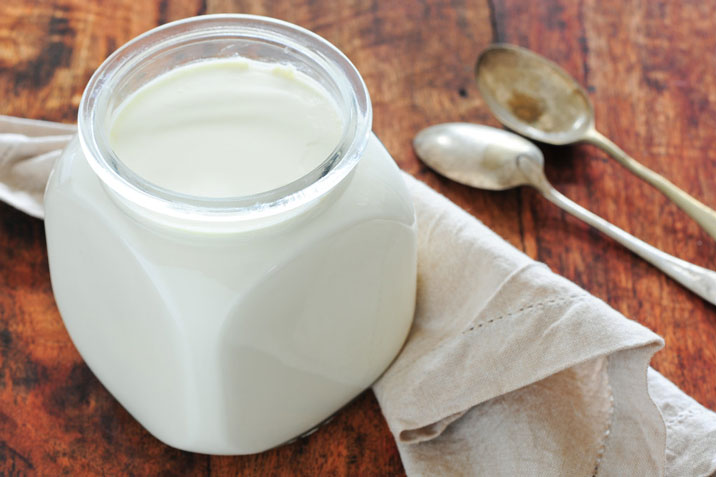What you need to start making yoghurt business
- Pasteurizer
- Bacteria Culture
- Thermometer
- Induction sealer
- Packaging materials
- Refrigeration unit
Sure, yoghurt making business is very profitable business as a small or medium scale enterprise. But many entrepreneurs, young people and women groups do not know this. It is also very easy to start.
Profitwise, yoghurt business gives 100% return on investment. For example,a litre of raw milk costs KShs. 30-40 in Kenya from farmers,while a litre of yoghurt costs KShs 200. Assuming that all the other costs of producing yoghurt are KShs. 60, then total yoghurt production cost is KShs. 100 (KShs.40 for milk plus KShs.60 for other costs). Then the profit is KShs. 100; So that’s 100% profit.
Perhaps this is coming as surprise to you who is reading this. The biggest question is what do you need to start a yoghurt business.
Very small scale production (20-50 litres)
For very small scale yoghurt production of 20- 50 litres of milk, it is possible to use a sufuria to boil/pasteurize milk.
After pasteurization, you can cool the milk by placing the sufuria with milk in a cold-water container. After it cools to around 45 °C, add the bacteria culture and allow it to ferment overnight. After that pack. That’s very simple. From there you start making money.
A small scale production (50-500 litres)
Moving forward to a small scale production of 50-100 litres of yoghurt you need a better equipment than a sufuria to process yoghurt. The equipment can be used both as the batch pasteurizer and the fermentation chamber. The equipment is called a batch pasteurizer.

Batch yoghurt pasteurizer can be bought as ready made equipment or fabricated by the steel fabricators in jua kali. The batch pasteurizer is also very hygienic because in is made of stainless steel.
Component of a batch pasteurizer

Heating elements
Batch pasteuriser is equipped with a heating jacket. The jacket contains the water. The water is heated and indirectly heat the milk. That way there is very uniform temperature distribution in the milk. The heating of water can be by electric coils or by steam. A steam system is a bit expensive as it requires steam generation unit. Electrically heated system is easier to operate and quick to set up. If you wish to start a yoghurt processing business, then electrically heated pasteurizer would be easier to set up.
Temperature monitoring device
The pasteurizer is equipped with temperature monitoring unit which can be either digital or analogue. This helps to monitor the temperature of the milk during pasteurization and during fermentation.
Mixing auger/agitator
Whereas when making yoghurt using a sufuria, you will need to mix the milk using a wooden stick. Advantage of using a pasteurizer, is that it is equipped with an auger for uniform mixing of milk.
How to make yoghurt in a batch pasteurizer.
You heat the milk in a pasteurizer to boil/pasteurize it to ~90°C. The heating in the pasteurizer is very uniform since you are using water which is heated indirectly. After reaching to the desired temperature the pasteurizer is used to cool. This is carried out by running cold water in the system instead of hot water. The milk cools to approximately 45 °C. After attaining this temperature the bacteria culture are added. Since the batch pasteurizer is jacketed it does not allow heat loss. Thus it maintains the temperature at the fermentation temperature. Another advantage of batch pasteurizer is that it takes 3-6 hours to have your yoghurt ready compared to 12 hours while using a sufuria.
READY YOGHURT
After the yoghurt is ready, you can add the flavours, always go for natural flavours. Or you can have your natural yoghurt ready. From this step yoghurt goes for packaging.
Where to get a pasteurizer in Kenya.
As a customer, we can guide you to the suitable pasteurizer so that you go for either ready made or fabricate according to your capacity. You can contact Dr. Arimi on 0717473736 for more details.
In the next article, I will guide you on packaging of yoghurt. To receive our business idea articles subscribe on the right side of the website.

